The first kit you received at the May 2013 meeting was a plastic shopping bag containing cottonseed hulls and a small ziplock bag of pink oyster spawn. If you are not going to start the kit in the next few days place the bag of spawn in the fridge.
- Gently boil the cottonseed hulls to totally hydrate them & reduce the native contaminants. Use a large kettle. (a very large kettle like for hot water bath canning)
- Drain excess water, cover and let cool to room temperature.
- Be sure to thoroughly wash hands or wear latex gloves to prevent introducing contaminants during the following two steps.
- Mix the spawn (small bag of millet) into the drained and cooled cottonseed hull. If the spawn has turned white and solid, break up into small pieces before adding to cotton seed hulls.
- Pack mixture into plastic bag (or similar container) and poke a few holes in the bag (container). Pack firmly but not too tight. A clear plastic bag facilitates watching for growth at fruiting stage.
- Keep in a dark place and maintain a moist environment with a plastic bag or other container. Temperature should stay within 70–85° F, but can range higher or lower. The kit will create some heat as the spawn colonize the cottonseed hulls.
- Once the cottonseed hulls are completely covered with a white growth it is time to initiate fruiting. Place the kit in a place where it can get indirect light and lots of fresh air. Maintain humidity by misting the kit as needed.
- Watch for small pins starting to grow on the kit at the holes you punched in the container. If you see pins developing inside the container where there are no holes, it is best to completely remove the covering.
- Harvest mushrooms when the edges of the caps just begin to turn up. Oyster mushrooms can drop massive amounts of spores if allowed to mature on the kit. The spores can be a health hazard to some individuals.
- After the first flush of growth, keep mushroom kit moist to encourage a second or third fruiting.
- After complete fruiting, the mushroom kit can be used to inoculate more cottonseed hulls, straw, wood chips, cotton (denim) or put into a compost pile.
- Small pins growing through a hole in the bag.
- Growing through a hole in the culture bag
- A flush of cultured pink oysters
- Pink oyster flushes growing through holes in a bag
- Close up of pink oyster flush
- Pink oyster flush
- Cultured pink oyster mushrooms ready to harvest.
- Mature block of pink oysters
- Harvested pink oysters
The WPMC would like to thank Mark Spear and Rebecca Miller for preparation of this kit.
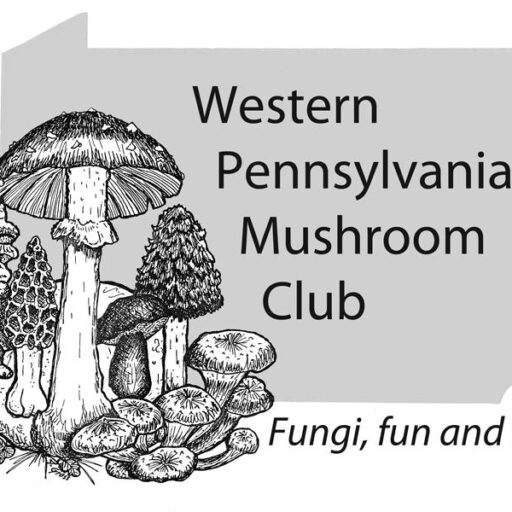
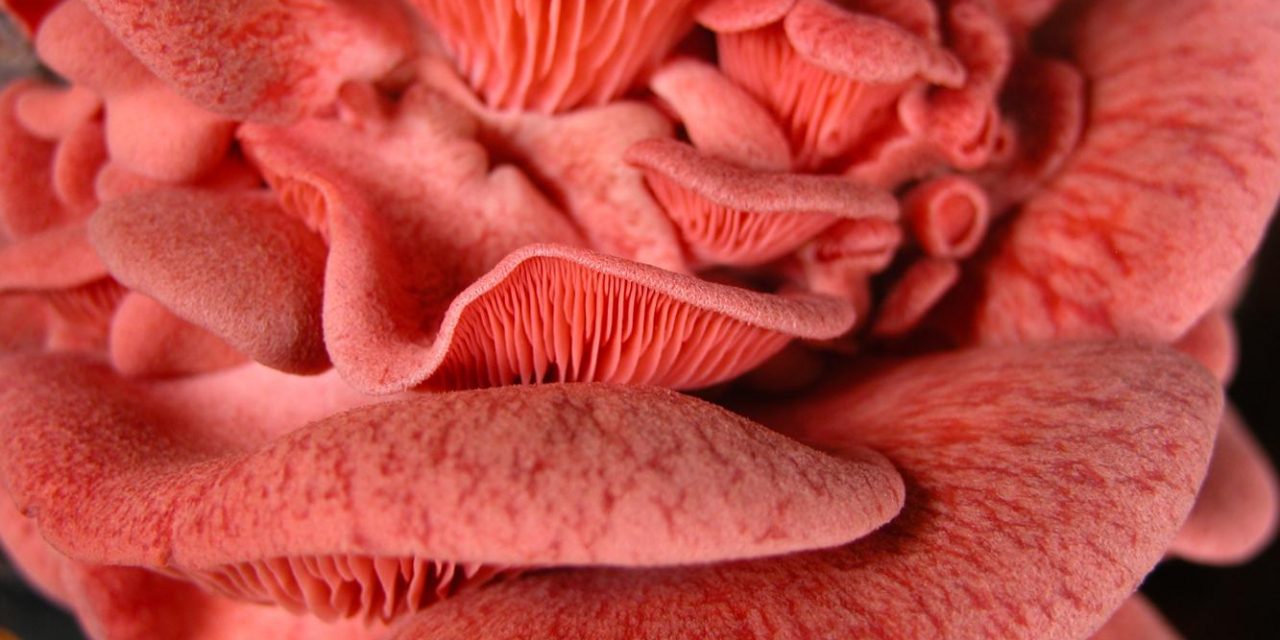
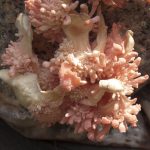
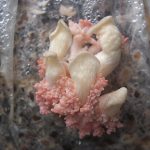
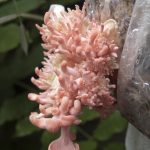
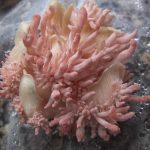
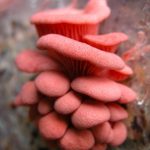
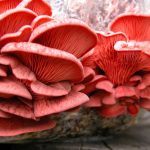
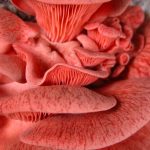
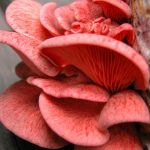
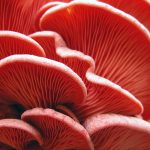
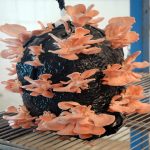
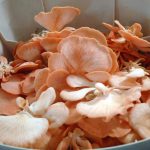
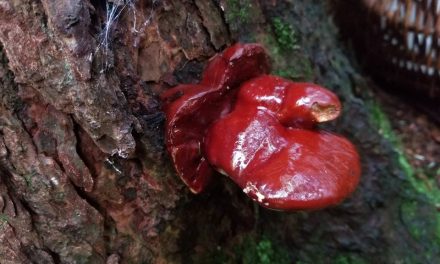
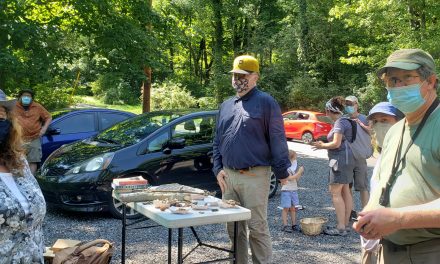
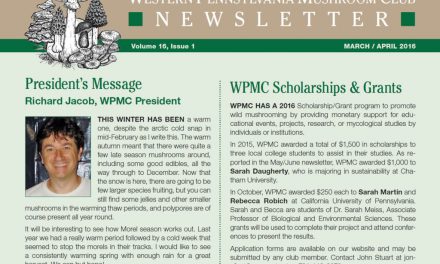
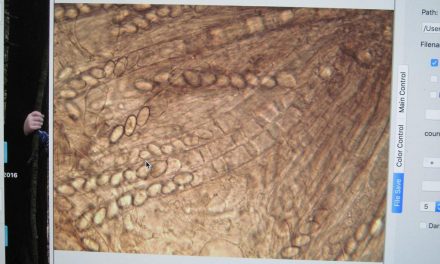

Has it really only been two weeks? Wow. Mine are less than 50% colonized right now, but I had some extra boiled hulls that I mixed with king oyster spawn, and those reached 100% colonization a few days ago, though not fruiting yet.